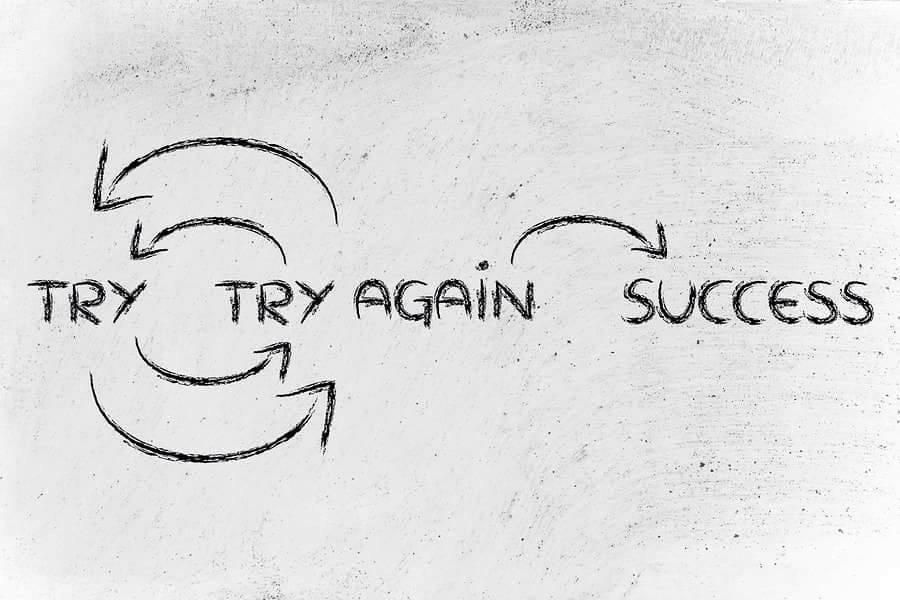Applied mathematician Richard Wesley Hamming, known for his great contributions in the field of informatics and communication, is a name greatly admired by scientists for following, applying and learning the innovations he encountered throughout his life. Hamming code, Hamming window, Hamming numbers, Hamming limit and Hamming distance theories are some of his contributions to science.
Examining the speeches and writings of such a knowledgeable person, Thomas Erren and his colleagues have researched and compiled “Ten Simple Rules for Lifelong Learning” for Hamming.
Rule #1: Establish a “thinking style” that focuses on fundamental principles, not facts.

Training is learning what to do, when and why, training is learning how to do it. Obviously, you must be both educated and trained to be successful.
As Hamming says, “Focus on the basics, at least what you thought was basic at the time, and improve your ability to learn new areas of knowledge so you don’t fall behind.”
Rule 2: Proceed without drowning in the information ‘tsunami’ by organizing your learning technique well.

Since the time of Isaac Newton, total knowledge has doubled every 17 years. The half-life of technical knowledge is estimated to be 15 years. If the total amount of information today is x, then 15 years from now it is expected that the total information will be almost 2x, while the amount of outdated information will be approximately 0.5x. That is, the total amount of valid information will have increased from x to about 1.5x.
Rule 3: Be prepared to interact and compete with the ever-increasing number of scientists.

With the effect of the increasing population and the speed of access to information, according to estimates, 90% of all scientists who have ever lived are alive today.
Rule 4: Focus on the future, but don’t ignore the past.

Hamming: “The teacher should prepare the student for the student’s future; not the teacher’s background.” says. However, the history should not be completely ignored, because you can get important information that you do not know. E.g; ‘Where have I seen this before?’ in Nature. An article titled, “A 1908 experiment was accidentally repeated in 2006-2007, after 103 years of oblivion, as a discovery of the ‘new chemistry’.
Rule 5: Have a personal point of view.

Hamming emphasizes the concepts of how to learn by embellishing them with stories from his own life.
“We can embellish our learning with personal details, making it easier to keep scientific details in mind.”
Rule 6: Learn from other people’s successes.

Hamming: “There are many different ways of doing it wrong and few different ways of doing it right. Therefore, it is more productive to examine achievements. Not how to fail when it’s your turn; You learn how to be successful. Learning from the experiences of others keeps you from making the same mistakes.”
Rule 7: Find the learning style that suits you best with trial and error method.

Hamming: “Being a great painter cannot be taught in words; People learn by trying different approaches to the subject. Art teachers get their advanced students to paint and then give advice on how to do it themselves, and what else to try. When these directions are given, the issues have already appeared in the mind of the student — this is how learning happens!”
Rule 8: Remember, no matter how much advice you get or how talented you are, it’s you who should take the time to do the learning.

Hamming: “I’m just a trainer. I can’t run for you.”
Of course, innate talent is important, but even if you are talented; clever shortcuts are no substitute for long-term effort.
Rule 9: Get the vision to take your next step decisively.

Hamming: “We well know that if a drunken sailor staggers to the right or left and takes n independent steps, on average, he can only take √n steps from where he started. But if there’s a pretty girl in one direction, she’ll be inclined to take her steps in that direction, and she’ll travel a proportional amount of n. You must have a vision that pulls you in a certain direction. What separates leaders from followers is that they have a vision.”
Rule 10: Add value to your life. Fight for perfection.

Hamming: “The message I want to convey is this: If there is only one life to live in this world, you should try to make important contributions to humanity instead of spending that life without touching water and soap. A life spent striving for excellence in one field is in itself a worthwhile life purpose. A life without struggle is not a life worth living.”















